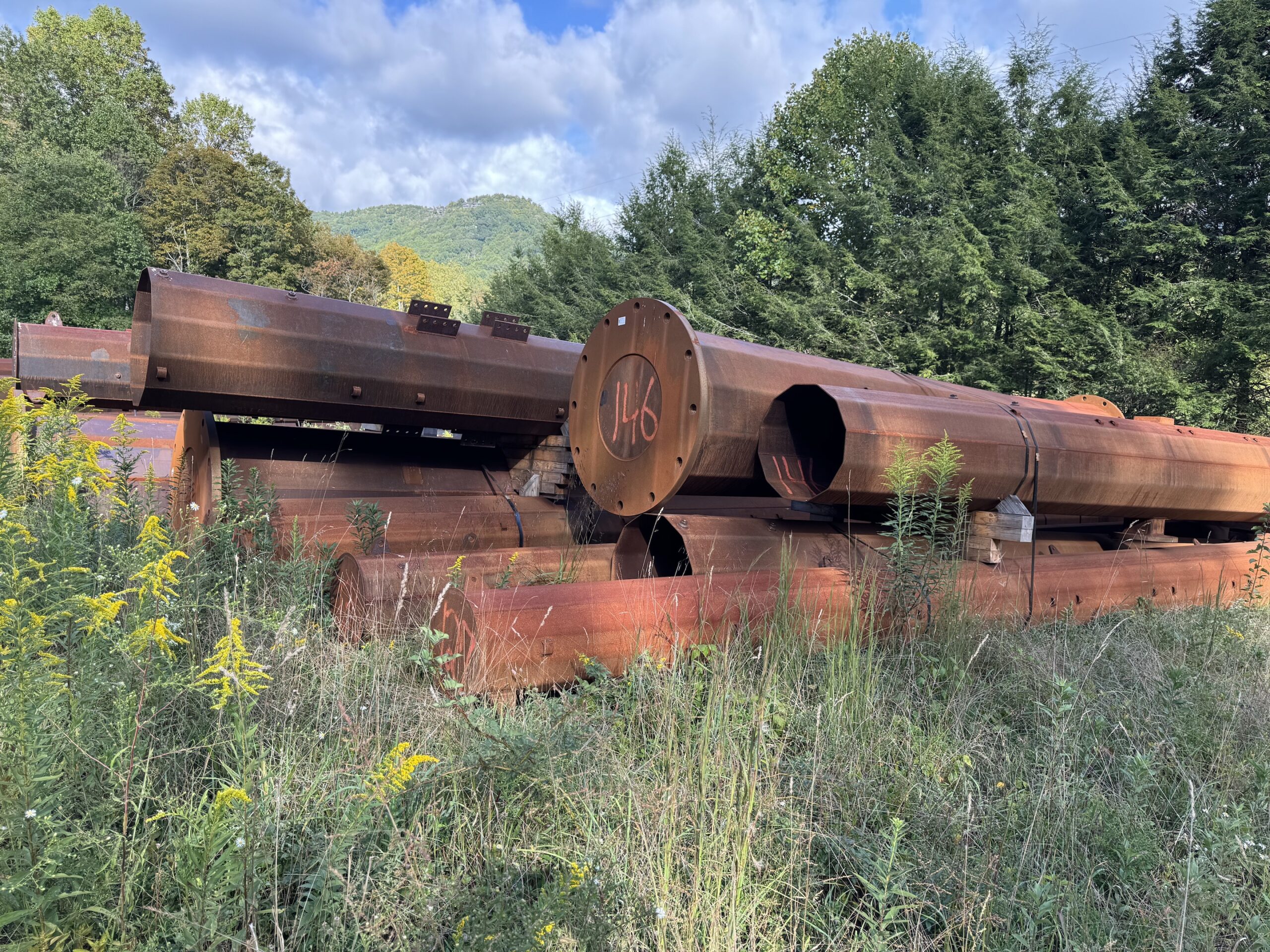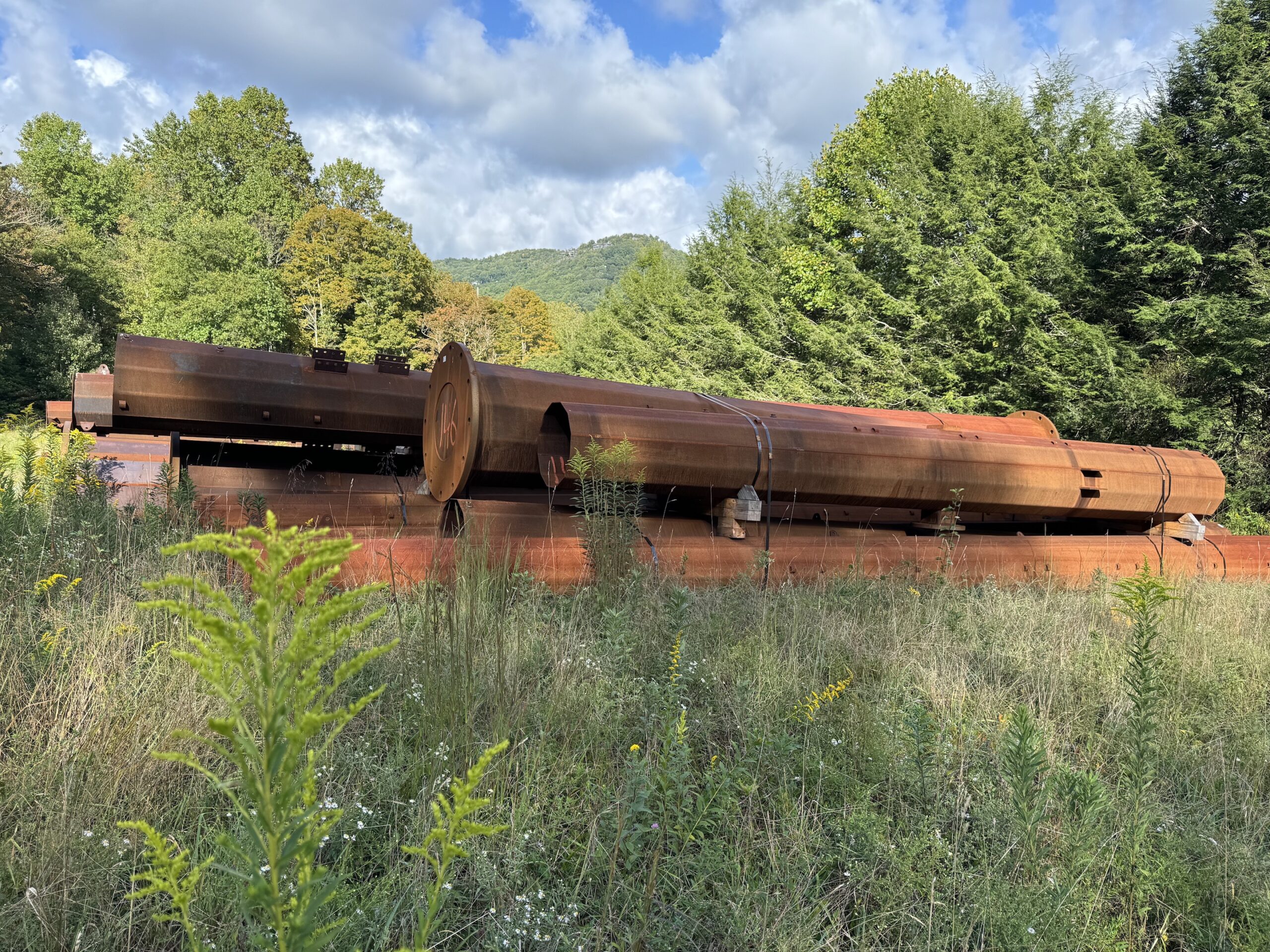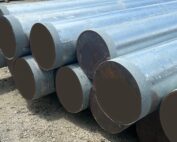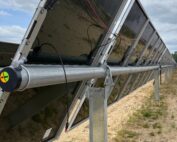In the electrical power transmission industry, the use of weathering steel began about 50 years ago. Utilities chose to use weathering steel primarily because of its brown, organic finish that helps poles to blend into wooded areas. It is also slightly lower in initial cost due to the elimination of hot-dip galvanizing.
Ideally, weathering steel develops a patina, or thin protective layer of rust oxide, which gives a structure its rusty brown color. For weathering steel to develop its patina properly, the utmost consideration should be given to the type of environment in which it will be installed.
Exposure to moisture initiates the corrosion process, but a drying cycle is required for the oxidized layer to become a nonporous, protective layer. If the material is never allowed to dry or is exposed to continuous humid conditions, the patina will not stabilize, and the steel will corrode.
Weathering steel originally was believed to be low maintenance; it was advertised and sold as an install-and-forget-it material. However, this is not the case. Routine maintenance is required on lines located where dense vegetation may grow up around the bases of structures, holding moisture and preventing proper formation of the weathering patina.
Weathering steel for transmission poles should be limited to service regions where conditions are conducive to its use and when it is required for aesthetic purposes. Before selecting weathering steel, specifiers should consider the local environment in which the structures will be installed. Additional detailing may also be required to protect the structures properly from premature deterioration. Finally, a strong inspection and maintenance program is critical to the longevity of the structures.







